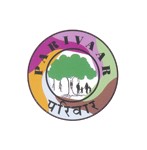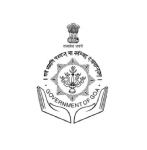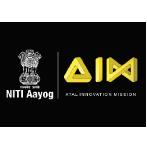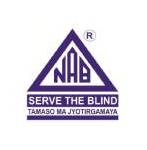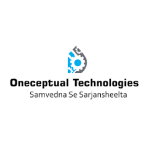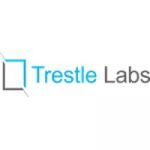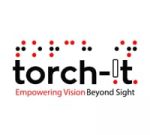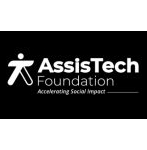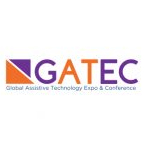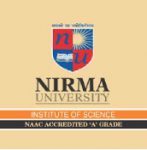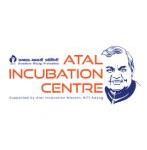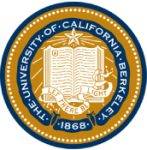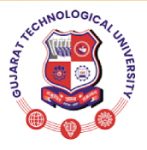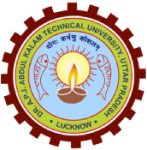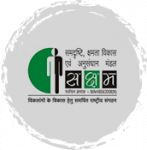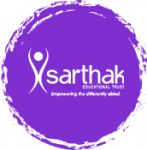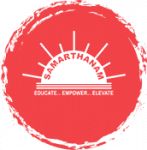
Basic Idea
Assistive technology (AT) plays an important role in enriching the lives of individuals with disabilities, enabling them to participate actively in education and employment. This paper discusses the impact of AT in educational settings and workplaces with a focus on India. We delve into the challenges faced by differently abled individuals, the importance of adopting AT, and the steps taken to make it more widely available and useful. In addition, we highlight the Voice of SAP (VOSAP), an organization that advocates for the rights and empowerment of people with special needs.
Introduction
Assistive technology, which includes devices, equipment, and computer programs, is used to improve the capabilities of individuals with disabilities. In education and the workplace, assistive technology helps bridge gaps, making it possible for people with special needs to fully participate and live independently. This paper explores the significance of assistive technology, its effects, and strategies for promoting and implementing it.
Challenges and Solutions
1. Cost Constraints
- Challenge: AT devices can indeed be expensive, creating a significant barrier to access for many individuals, especially in educational settings.
- Solution:
- Advocate for Government Support: Collaborate with policymakers to allocate funds specifically for AT devices in schools and colleges.
- Corporate Partnerships: Engage with private companies to sponsor AT devices. Corporate social responsibility (CSR) programs can allocate funds or donate devices.
- NGO Collaboration: Partner with NGOs to create awareness and provide financial aid for AT adoption.
2. Awareness Gap
- Challenge: Lack of awareness about available AT options prevents users from seeking assistance. Educators, parents, and students often remain uninformed.
- Solution:
- Educational Campaigns:
- Conduct workshops, seminars, and webinars in educational institutions.
- Involve educators, parents, and students to spread the message within educational communities.
- Healthcare Professionals’ Role:
- Physicians, therapists, and counselors should actively promote AT.
- Include AT awareness as part of medical and rehabilitation training programs.
- Media and Public Relations:
- Leverage media platforms (TV, radio, social media) to spread information.
- Share success stories and testimonials from AT users.
- Educational Campaigns:
3. Training and Support
- Challenge: Even when AT devices are available, users often lack proper training on how to use them effectively.
- Solution:
- Structured Training Programs:
- Establish training programs for AT users.
- Cover not only device operation but also troubleshooting, maintenance, and customization.
- Involve experts, educators, and experienced AT users as trainers.
- Peer Support Networks:
- Create online forums or local support groups.
- Peer-to-peer interactions allow users to share tips, tricks, and best practices.
- Encourage experienced users to mentor newcomers.
- Institutional Collaboration:
- Schools, colleges, and vocational training centers should integrate AT training into their curriculum.
- Structured Training Programs:
Regular workshops or refresher courses can ensure ongoing skill development
-
Title: “Mamta’s Remarkable Journey: Writing with Determination”

- In the sunny village of Chhatarpur, Mamta Patel’s story unfolds—a testament to unwavering determination. Born with just one underdeveloped hand, Mamta faced life’s challenges head-on. Her father, Deshraj Patel, a farmer, watched her grow with awe. How would she survive? But Mamta defied expectations.
- Writing with Her Left Foot:In Maharaja College, Mamta embarked on her educational journey. Her disability didn’t stop her; instead, it fueled her resolve. With sheer grit, she wrote her BA exams using her left foot. The media noticed her remarkable feat. But there were no special privileges—no extra time. Mamta sat alongside her peers, her foot dancing across the paper, transforming thoughts into words.
- The Power of Assistive Technology (AT):Mamta’s dream extended beyond the classroom. She longed for an AT device—a tool to make writing easier. But money was scarce. Imagine if a $100 donation could change her life! With that support, Mamta could access technology, write more comfortably, and chase her dreams. Let’s be part of her inspiring journey.
VOSAP
Voice of SAP (VOSAP) is a global advocacy organization that believes in redefining how we see people with disabilities. Instead of calling them “disabled,” VOSAP calls them “Specially Abled People.” These individuals are not limited; they are capable of leading empowered and independent lives.VOSAP works closely with the United Nations (UN) to create an inclusive and accessible world. Their mission aligns with the UN’s Sustainable Development Goals (SDGs) and the goals of the UN Convention on the Rights of Persons with Disabilities (CRPD) treaty. This treaty emphasizes that everyone, regardless of disability, deserves all human rights and freedoms.
How VOSAP Helps:
- Accessibility Advocacy: VOSAP promotes accessibility in buildings, transportation, and public spaces. They want ramps, elevators, and other features that make life easier for Specially Abled People.
- Assistive Technology (AT): VOSAP recognizes the power of AT devices. These tools—like speech-to-text software, braille displays, and motorized wheelchairs—can transform lives. Imagine Mamta having access to such technology!
- Education and Employment: VOSAP supports education and employment opportunities for Specially Abled People. With proper training and job placements, they can lead fulfilling lives.
- Your $100 Donation: A simple $100 donation can change someone’s life. It could provide an AT device, fund education, or create job opportunities. Let’s be part of this inspiring journey and make a difference!




